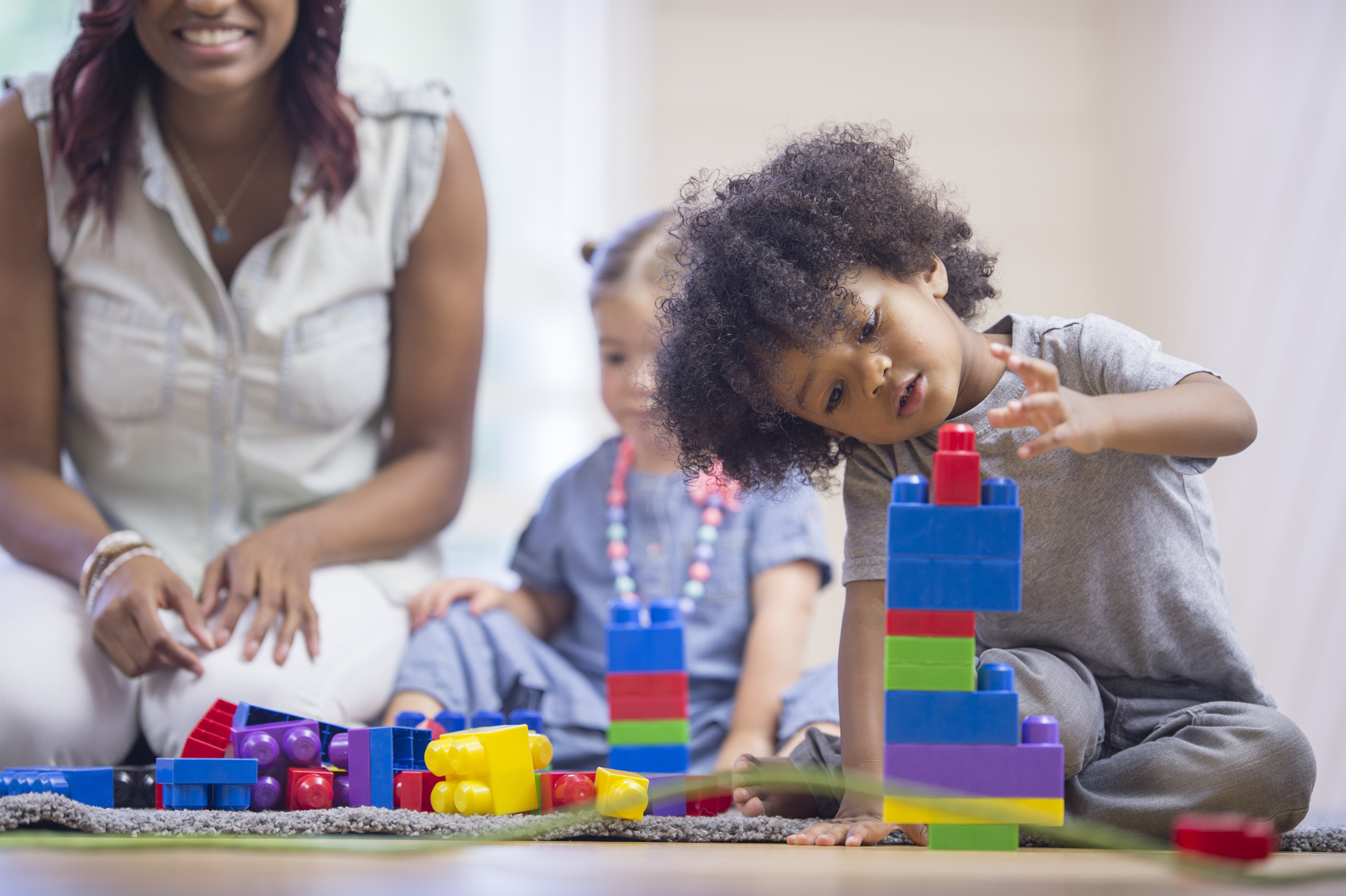There are several things you can do to help encourage language development in your toddler. The following recommendations can be used throughout your daily interactions with your child.
Label objects and actions during daily routines, for example, during a bath, label water, bubbles, hot, wash, hair, hands, feet, splash etc. Try to face your child when talking with them. Exaggerating words and expressions will draw their attention to you.
Imitate sounds, actions or facial expressions that your child makes. This signals to your child that they are communicating to you and you are interested in what they are saying and doing.
Even if your child’s words are unclear (e.g. they say 'baba' for bottle), let them know you understand by repeating their word in the correct form (e.g. here is your bottle!).
Comment on what your child is doing (e.g., washing their hands, baking a cookie, eating an apple) to show them how you can attach language to what they are doing. For example, if your child is playing and brushing the doll’s hair, you can say "you're playing with your doll. Brush hair."
Expand your child’s utterances. For example, if your child says "doggy" you can reply with "See doggy. Big dog!"
Use gestures to teach your baby to imitate your actions. These can include clapping your hands, throwing kisses, raising arms for ‘pick me up’ and playing finger games, such as pat-a-cake, peek-a-boo and the itsy-bitsy-spider.
Find items around the house that make sounds and model them (e.g., the clock goes tick-tock, vroom-vroom goes the car, the cows says moo).
Use familiar words and then add new words daily.
Read and point to new words in picture books.
Use new words in different ways (Where’s your car? Let’s go in the car).

